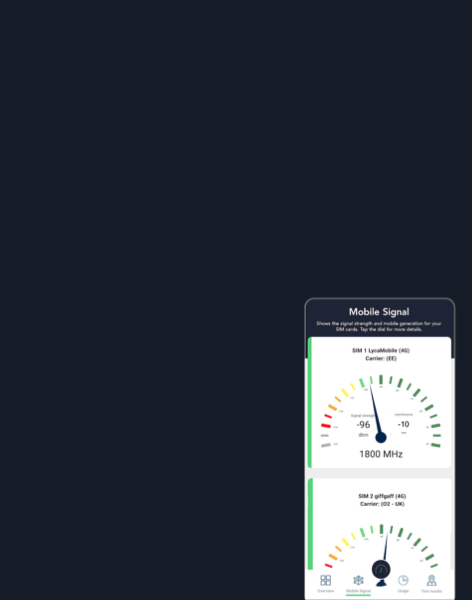LEO satellite tracker updated
It's two years since we compiled PolicyTracker’s LEO Tracker. In that time, we have seen a gradual move to greater commercial availability for low-earth orbit (LEO) constellations.
Starlink, backed by Elon Musk’s firm SpaceX, has obviously made a great deal of progress. OneWeb says it is generating revenue, although it has not released any user numbers.
Those two will soon face competition from Project Kuiper, backed by Amazon, and Telesat. All these services require huge amounts of investment.
Another key development in the last two years is the rise of satellite direct-to-device (D2D) services. AST SpaceMobile and Lynk led the way and now others have followed.
In terms of spectrum, the growth in take-up of the Ka and Ku bands is prompting some satellite operators to look at higher bands like the V-band (40.5—43.5 GHz). There doesn’t seem to be much interest in this for IMTInternational Mobile Telecommunications (I….
All the small LEONGSO, or non-geostationary satellite orbit… (CubeSat) services we follow (bar one) seem to be forging ahead with their plans, which suggests the market for their services remains relatively untapped.
The exception is Eutelsat LEO for Objects, which appears to have been downgraded to an R&D project.
Subscribers to the PolicyTracker Spectrum Research Service can access the updated LEO satellite tracker here.

